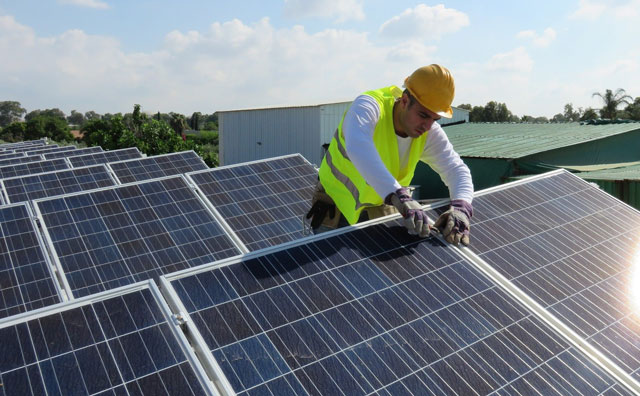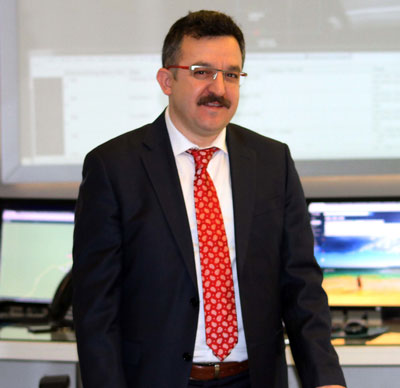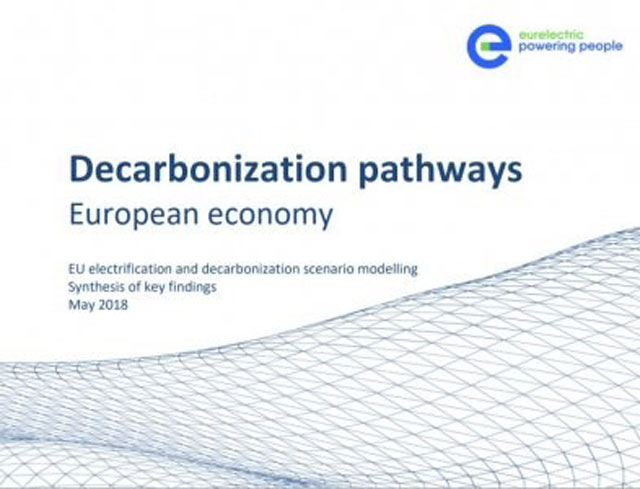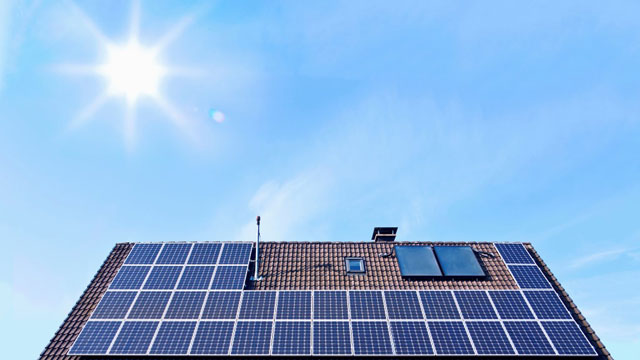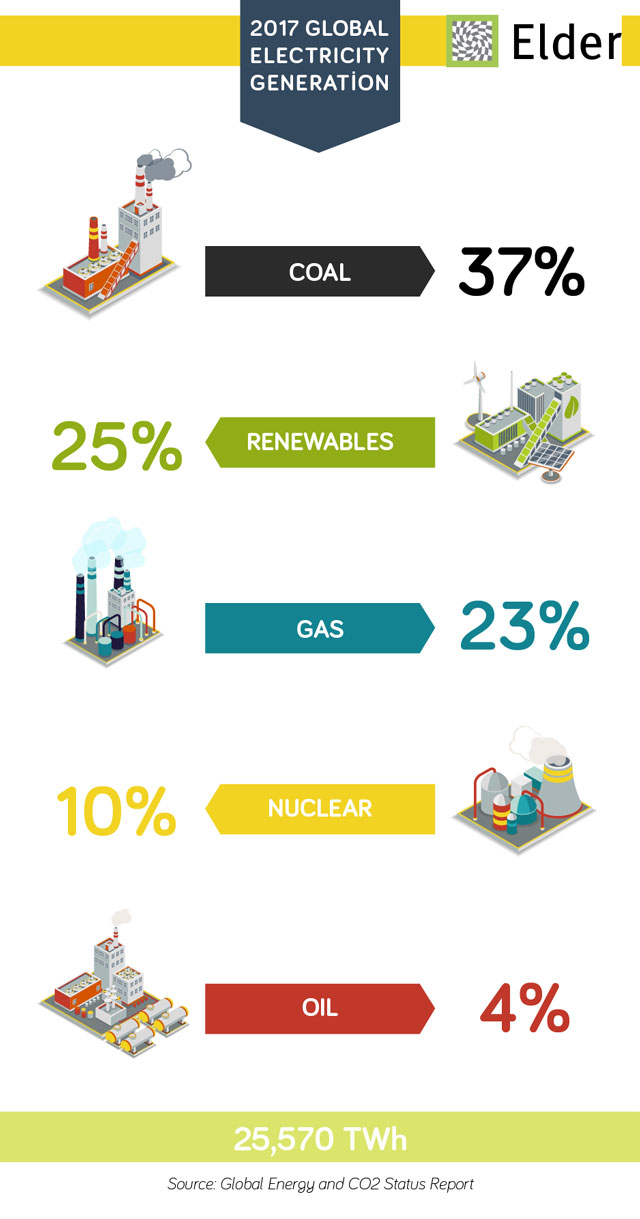Enhance Customer Experience with the Internet of Things

The increasing number of connected devices and their significant involvement in the daily lives of consumers provides unlimited possibilities for marketers to enhance the customer experience.
Let's start by saying that hundreds and thousands of devices that are already part of our daily lives, from smartwatches and cars to refrigerators and the lightbulbs in our homes, are becoming connected.
These connected devices are called the Internet of Things (IoT).
What is the IoT?
The IoT is “a network of physical objects that can be accessed via the Internet.”
Gartner expects to see 20 billion internet-connected things by 2020. “These things are not general-purpose devices, such as smartphones and PCs, but dedicated-function objects, such as vending machines, jet engines, connected cars and a myriad of other examples,” says Mark Hu from Gartner. Increasing the number of these devices every year will cause the produced data to grow exponentially. “According to expert forecasts, smart devices will produce one-tenth of the total amount of information on Earth, up to 44 ZB in 2020.”
The Relationship Between Marketing and IoT
The basic mission of marketing is to understand consumer behaviors and needs and to address those behaviors and needs by creating relevant value.
IoT is in full swing at this stage as the perfect complement to marketing. Big data analysis from thousands of connected devices used by current or potential customers creates excellent opportunities to offer usage habits and timely value proposition.
We can think of connected devices in three stages:
- Devices as media
- Devices as a service
- Devices connected to each other
Let's give examples of how the devices in the IoT ecosystem facilitate the lives of marketers and consumers in these three stages.
In marketing communication, it is essential to give relevant messages to customers. Take a vending machine, for example. Each of these devices is a communication medium in itself. An LCD screen, which is adapted on a vending machine located in a shopping mall, can be used to display commercials that bring out the different products sold to the machine on the changing weather conditions and the time of a day. In this case, for example, the LCD screen can automatically display an iced coke on a hot day or a fresh coffee advertisement in cool weather so that the right offer can be displayed to the consumer at the right time.
When we consider IoT devices as a service, consider the concept of predictive maintenance. For example, a ‘smart’ device connected to a car’s operating system will detect a fault in your electrical system before your car fails, and the car service will proactively call you to get a service appointment. It is not hard to imagine that the loyalty to the car brand will increase exponentially based on this positive scenario.
Multi-connected IoT devices can offer a much more compelling customer experience. For example, with Uber's "Your Ride, Your Music" service developed by Pandora and Spotify, you can listen to the music you want as part of your Pandora or Spotify Premium membership during your UBER journey. In this example, we can talk about the positive customer experience that two different memberships (Uber & music) and two different devices (car & mobile) have created during a journey.
Imagine:
In 2020, 20 billion connected devices will be in our lives2 and almost all the devices we use will be included in the IoT ecosystem.
When we consider that the mission of marketing experts is not just to facilitate more profit for companies, but to create more value for the customers, it is reasonable to create an unlimited number of customer experiences by using technology and IoT. This is effective as long as we use our logic and creativity in the best way in-line with company goals and customer needs.
The IoT ecosystem offers us that much. Whether it's a fitness tracker or a vending machine it's possible to use all these connected devices as a medium, excellent service point or a great customer experience tool with a solid commercial plan. Moreover, the ROI of the marketing actions that are blended with IoT is likely to be significantly high.
The best part of the marketing discipline is that at any point in history, we have the opportunity to create value with our circumstances, whether it's a drawing on a cave wall, selling a carpet in Agora during the Roman period or taking a trip with Uber. Using creativity and wisdom provides unlimited possibilities for us independent of the ages.
Source: CMA

